(25 products available)


























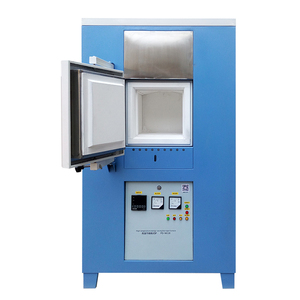










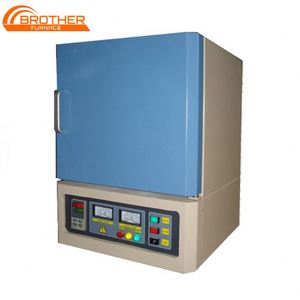







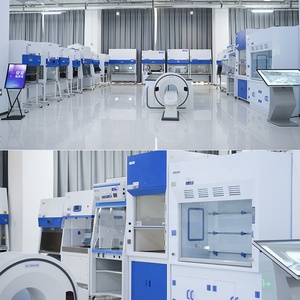




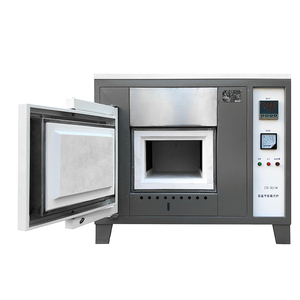


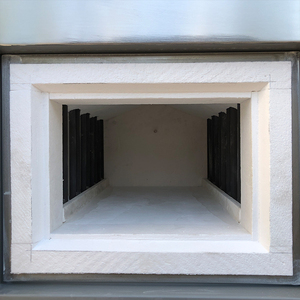



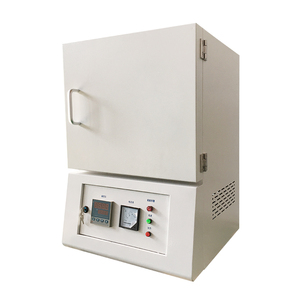
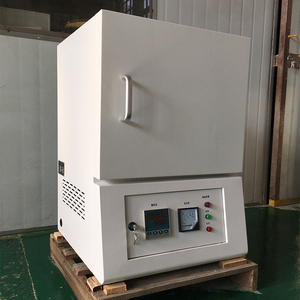
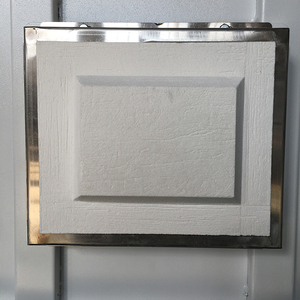

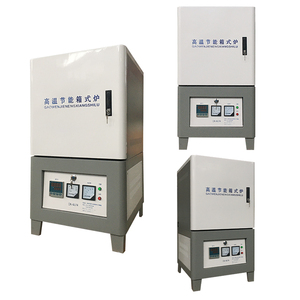



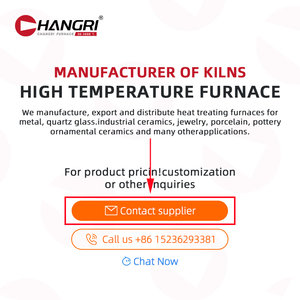




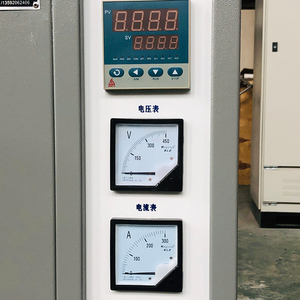










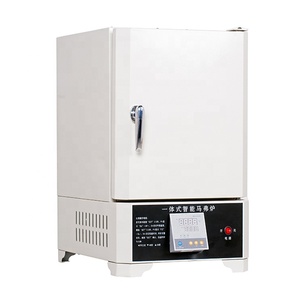
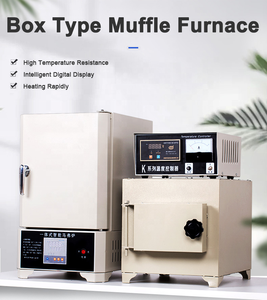
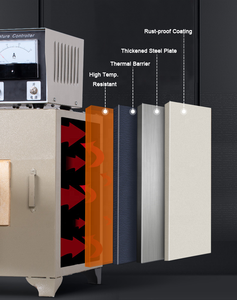






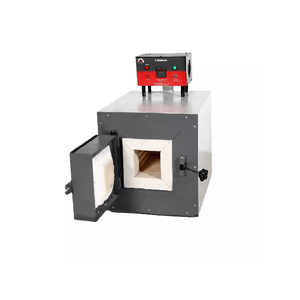


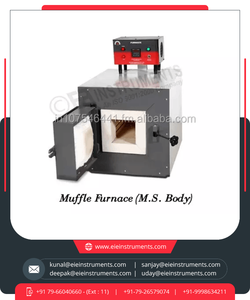










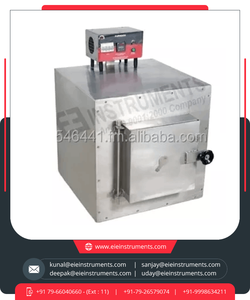

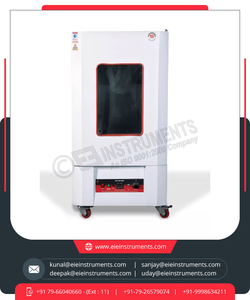
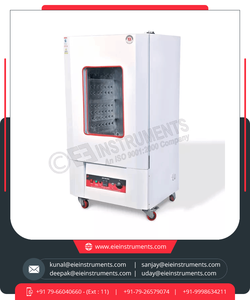
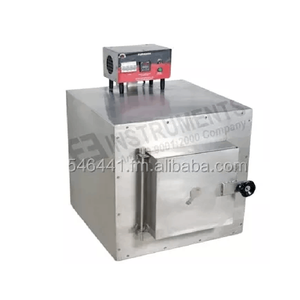
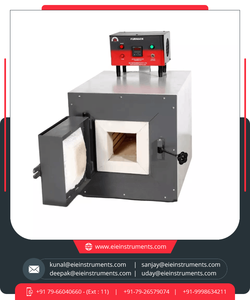






















A Carbolite furnace is an electric heating device used to achieve high-temperature levels in a controlled atmosphere. The furnace comes in various designs and models suited for different applications. Here are some of the most common types:
High-Temperature Carbolite Furnaces
High-Temperature Carbolite furnaces are designed for exceptional temperature resistance. The furnaces are used in industries where extreme temperatures are commonplace. High-Temperature Carbolite heating elements are designed to withstand above-average temperatures. Even under intense pressure from the atmosphere inside the furnace, Carbolite high-temperature elements will retain their structural integrity. The Carbolite high-temperature furnace can achieve high-temperature levels up to 1700 °C. The maximum temperature will depend on the specific model of the high-temperature furnace in question.
Top Loading Carbolite Furnaces
Top Loading Carbolite furnaces are available in different models and temperature ranges. The design, as the name implies, invites users to access the interior of the furnace from the top rather than the front. The opening from the top is much larger than other access points in Carbolite furnace models. In some cases, gauges on Top Loading models may be limited. Nonetheless, these furnaces serve excellent sintering, calcining, and annealing properties in a protective or inert atmosphere. Carbolite top-loading furnaces come with two power requirements—single phase and three phase. This enables customization to suit particular application needs. Optional multi-zone PID controller with programmable timer can be added for precise temperature control.
Floor Standing Carbolite Furnaces
Floor standing Carbolite furnaces are designed to stand on the floor. It's the same as a pedestal standing model. The furnace comes with its own legs and/ or feet to keep the bottom of the furnace away from the floor. The floor standing design is stable and great at keeping the furnace upright even when the temperature is extremely high. A protective/safety guard is used to cover the heating element. This enclosure serves several purposes. It not only keeps the open wire element safe, but also increases the elements' longevity and extends its life. Carbolite floor standing furnaces come with free-standing design and heavy-duty roll design. The latter, of course, includes durable castor wheels that move with ease and comfort.
Some specifications of the Carbolite furnace are as follows.
It is crucial to perform regular maintenance in order to keep the Carbolite furnace in good condition and ensure that it can continue to operate effectively over the long term. Here are some maintenance suggestions for Carbolite furnaces:
The Carbolite furnace has many uses in various industries because it can heat and control the temperature very well. People use it to do important jobs like drying, melting, or heat-treating different materials.
In the ceramics industry, the Carbolite furnace is used to dry and fire pottery items. This includes mugs, dishes, and tiles. The furnace helps make these ceramics strong and durable by baking them at high temperatures. Also, in metallurgy, Carbolite furnaces are widely used. For instance, when working with steel or other metals, the furnace can heat them until they turn into liquid. This makes it easier to mold the metals into different shapes when they are hot. Moreover, Carbolite furnaces play a big role in materials testing laboratories when it comes to determining the quality of different materials. Here they are used to do all sorts of tests. For example, they can find out how much heat a material can handle before it gets damaged. This helps scientists understand more about different materials.
In the electronics industry, the Carbolite furnace is very important for making circuit boards. It does this by soldering the parts together precisely. Circuit boards are used in many electronic devices like phones, computers, and tablets. Additionally, the Carbolite furnace is commonly used in the glass industry to melt raw materials and produce glass. When it comes to glass production, suppliers can opt for flow furnaces that boast a continuous melting operation.
Furthermore, in the jewel industry, the Carbolite furnace is used in annealing and cleaning jewelry. This includes items made of gold, silver, and diamonds. Also, the automotive industry uses Carbolite furnaces to heat-treat automotive components such as gears, axles, and bearings to enhance their mechanical properties and achieve optimal performance. Some furnaces even have a special feature to protect the environment from harmful exhaust gases. This is because they can clean the air by burning waste safely. This makes the Carbolite furnace not just useful for businesses but also good for keeping the planet safe.
Finally, because of how well it can be heated and controlled, Carbolite furnaces are also important for research in scientific fields. Universities and other research centers use these furnaces for experiments and to develop new techniques.
Business end-users and resellers of furnace equipment can consider the following tips when choosing a Carbolite furnace.
Requirements analysis
Before selecting a furnace, users and buyers should analyze their needs regarding material compatibility, temperature requirements, atmosphere, and applications. This may include determining the kinds of materials to be heated, such as ceramics, metals, glass, or polymers, and evaluating precisely what temperature range and heating rate is necessary for their specific processes and the kind of atmosphere required within the furnace. For instance, some materials may need to be heated in a vacuum or under a particular gas atmosphere. Also, users have to consider what applications they will be using the furnace for, as different models are suited to varying types of furnaces. Once users have determined their needs based on the above factors, they can proceed to select the appropriate Carbolite furnace.
Furnace types and models
Users can examine the available Carbolite furnace typologies and models to familiarize themselves further with their options. A crucial step in choosing the right furnace is understanding how different models function and the unique features they possess. The bottom-loading furnace provides easy access to samples for loading and is therefore suitable for production and research lab applications. The box furnace has a simple design with a rectangular heating chamber, while the muffle furnace has a heating element in a separate chamber, thereby ensuring uniform temperature distribution and preventing contamination of the heated material. Users can choose an appropriate model based on their work process demands and material characteristics.
Energy source
Users need to evaluate energy sources based on operations' economic and environmental costs. While electric furnaces are generally easier to manage, gas furnaces may offer faster heating rates and higher temperatures in some cases. Carbolite has different furnace series catered to different temperature requirements. Users should note that the DR series, which includes the DR, DR+-B, DR-LHT, and DR-V models, offers a maximum operating temperature of 1300°C. The HR series (HR-B, HR-V, HR-F, and HR-F-RS models) have a higher maximum temperature of 1600°C. Finally, the MF series also achieves a maximum temperature of 1600°C. Users can choose a specific model according to the desired temperature range and their materials and processes.
Budget considerations
Carbolite furnaces are generally well-made pieces of equipment on the higher end of the market. However, even within the Carbolite furnace catalog, there are models with different price points. For instance, models with a maximum temperature of 1300°C are generally more affordable than those with a higher temperature limit. Nonetheless, end users and resellers need to consider their budget and choose a furnace that strikes a good balance between performance and cost.
Q1: What are some application examples of using Carbolite HT furnace heating elements?
A1: Some application examples include sintering, drying, decarburization, melting, burning off organic residues, and heat treating materials, among others. Carbolite HT heating elements under controlled atmospheres are suitable for both metallic and non-metallic materials.
Q2: Are Carbolite furnaces safe to operate?
A2: Yes, Carbolite furnaces are equipped with safety features like over-temperature protection that operators can make use of. This prevents accidental exposure to hazardous materials or fire. Nonetheless, users should follow the manufacturer's guidance and safety regulations carefully. Proper operating procedures should be adhered to in order to avoid any kind of furnace-related risk.
Q3: Can a Carbolite furnace be used for pyrolysis or ashing processes?
A3: Yes, a Carbolite furnace can be used for pyrolysis or ashing processes. Carbolite furnaces are versatile and can be used for various heating applications, including pyrolysis and ashing. While the former involves decomposing materials in a furnace under controlled atmospheres, the latter simply refers to heating a material to a designated temperature to remove all organic components, leaving behind inorganic residues.
Q4: Do Carbolite furnaces come with programmable controls?
A4: Yes, Carbolite furnaces are equipped with programmable controls that allow users to set temperature ramp rates, dwell times, and cooling rates. This is in addition to precise temperature control and uniformity. Some models even feature computer-controlled data logging and optional gas flow control.